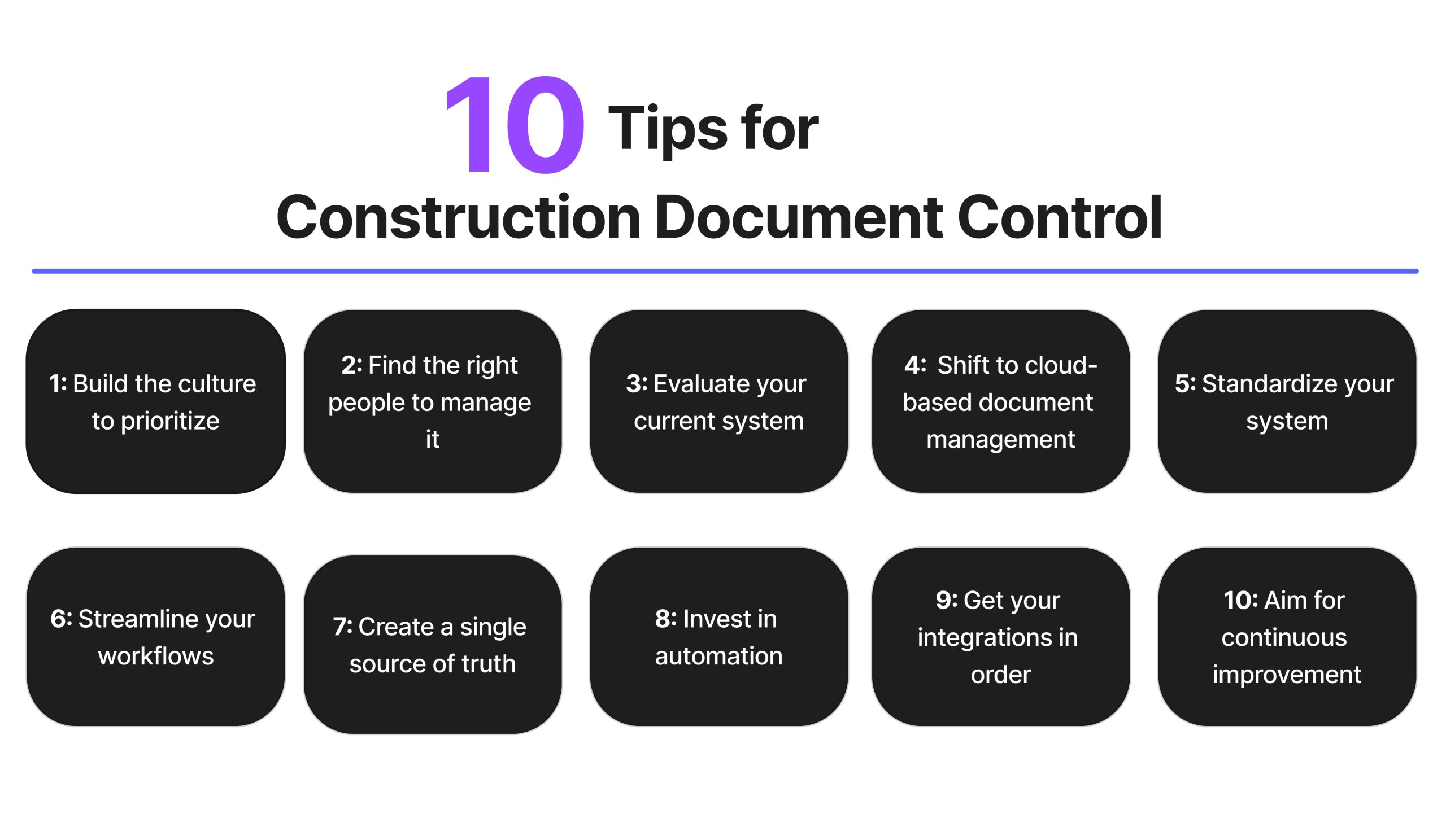Enhancing Process Performance: Engineer's Professional Techniques for Construction Paper Management
In the world of architectural layout and building, the thorough management of papers stands as a keystone for job success. These approaches not just make sure smooth project development however additionally hold the crucial to unlocking boosted productivity and precision in the elaborate world of building file monitoring.
Key Document Company Techniques
When handling building documents, one of the crucial strategies that architects employ is establishing a effective and systematic company system. This system normally includes categorizing documents based upon their kind, such as illustrations, specs, contracts, and permits. By producing unique and clear groups, engineers can swiftly find particular info when needed, saving time and minimizing errors in the construction procedure.
Within each classification, engineers better organize files by utilizing or producing subfolders numbering systems to signify alterations or variations (construction document management). This hierarchical framework makes certain that the most relevant and existing details is easily accessible while maintaining a record of modifications made throughout the job timeline
Moreover, engineers often use digital record monitoring platforms that offer attributes like keyword search functions, version control, and accessibility constraints to improve organization and partnership among job stakeholders. These devices simplify the paper retrieval procedure, promote real-time updates, and facilitate seamless communication, eventually adding to the general success of the building task.
Collaborative System Assimilation
To enhance document administration performance in construction projects, designers effortlessly integrate collaborative systems to enhance communication and simplify coordination among task stakeholders. By leveraging collaborative systems such as project administration software program, cloud-based storage systems, and communication devices, architects can produce a central hub for all project-related papers and interaction channels. These systems allow employee to gain access to, testimonial, and collaborate on papers in real-time, decreasing hold-ups and the risk of mistakes related to conventional file management approaches.
Collaborative platform assimilation additionally cultivates openness and liability within the task group, as all stakeholders have visibility right into the most recent job updates and revisions. By centralizing communication and paper sharing, designers can ensure that all group members are functioning from the most up-to-date information, reducing the chances of misunderstandings or problems occurring due to out-of-date records.
Furthermore, collaborative platforms allow smooth cooperation between architects, service providers, customers, and other project stakeholders, advertising a more reliable and natural task workflow. By breaking down interaction barriers and assisting in information exchange, architects can drive performance and innovation in construction jobs, eventually causing effective task outcomes.
Version Control Ideal Practices
Implementing effective version control methods is essential for preserving paper precision and uniformity in construction projects. By establishing a clear system for managing modifications, task pop over here teams can make sure that everybody is working from the most current documentation, decreasing the risk of errors and disparities throughout the building phase.
Among the essential ideal practices for version control is to designate distinct identifiers per file version. This can be achieved by making use of a numbering system or day stamp that clearly shows the order of revisions. By plainly classifying each model, staff member can conveniently track the progression of the record and determine the most recent variation.

Automation Devices for Performance

Record control software hop over to here application, like Procore or PlanGrid, centralizes job documents, making it easily accessible to all stakeholders. These platforms enable real-time partnership, version control, and automated Get the facts back-ups, safeguarding versus information loss. In Addition, Building Details Modeling (BIM) software application automates the generation of building drawings and makes sure that changes are synchronized throughout all relevant documents.
Incorporating automation tools with cloud storage space options further enhances ease of access and security. By automating the record management process, job groups can focus their effort and time on value-adding activities, eventually boosting performance and project results.
Secure Information Administration Solutions
Efficiently taking care of and securing project information is critical in the construction sector to make sure confidentiality and stability throughout the task lifecycle. Building companies can make use of encrypted cloud storage services to firmly share and store job papers with licensed employees.
In addition, utilizing electronic rights administration (DRM) devices includes an extra layer of protection by preventing the unauthorized circulation or duplication of job records. Routine data backups are vital to reduce the threat of information loss due to unanticipated scenarios like equipment failures or cyber-attacks. Collaborative systems with built-in safety and security features make it possible for seamless communication and file sharing amongst project employee while maintaining data integrity.
Conclusion
To conclude, carrying out key document company techniques, incorporating joint systems, exercising variation control best practices, utilizing automation devices, and adopting safe and secure data monitoring options are important approaches for enhancing workflow effectiveness in building and construction record management. These professional techniques can enhance processes, boost interaction, guarantee precision, and maintain information security throughout the building task lifecycle.
In the world of building design and building, the careful management of papers stands as a cornerstone for project success. These techniques not only guarantee smooth project progression however likewise hold the key to opening enhanced efficiency and precision in the elaborate world of construction document administration.
To maximize file administration effectiveness in building projects, designers flawlessly incorporate collaborative platforms to enhance communication and streamline control among project stakeholders. These platforms enable group members to accessibility, testimonial, and team up on documents in real-time, reducing hold-ups and the threat of errors connected with conventional record administration methods.
Using automation tools in building document administration considerably boosts efficiency and enhances procedures for job teams. construction document management.